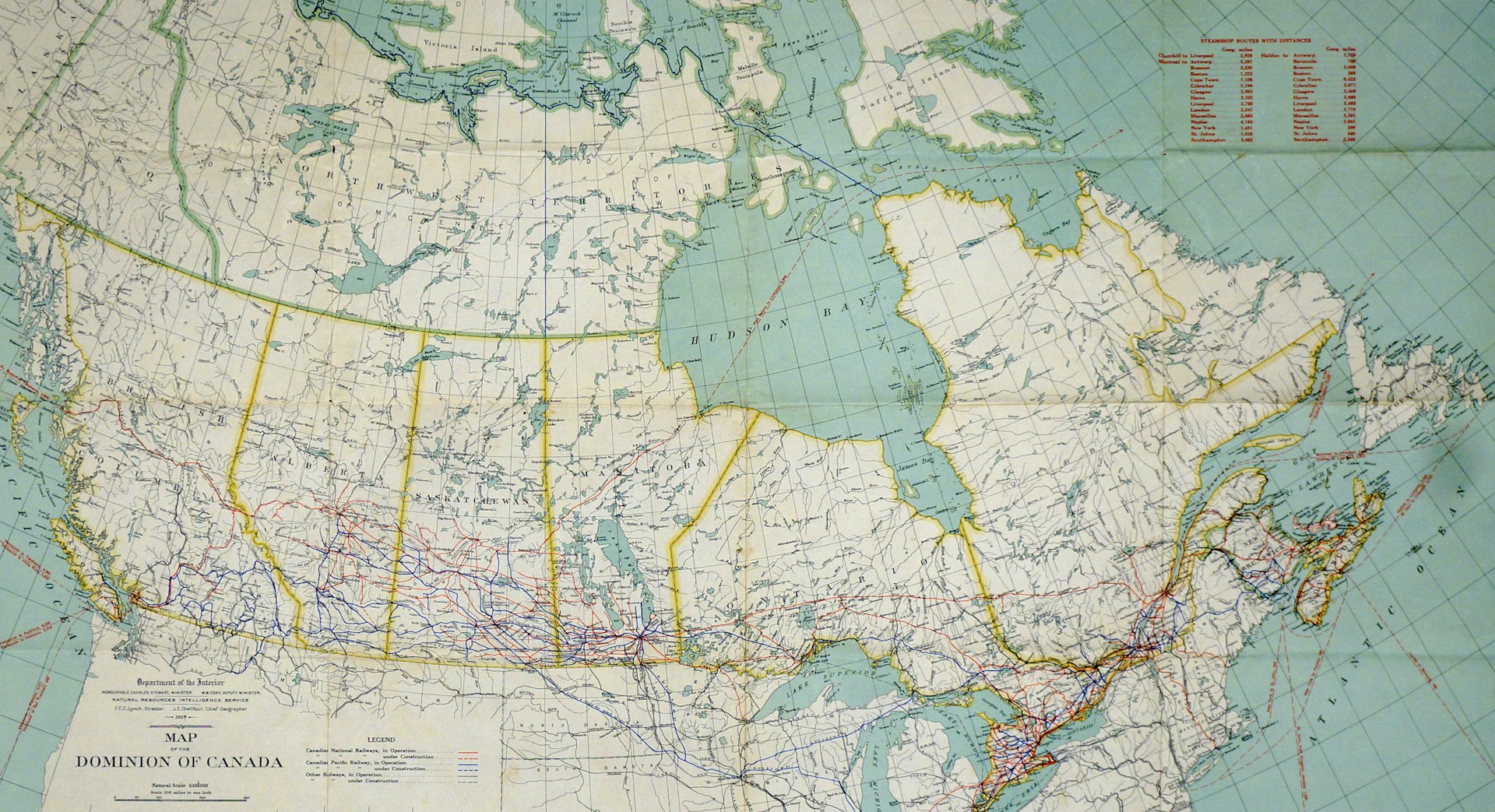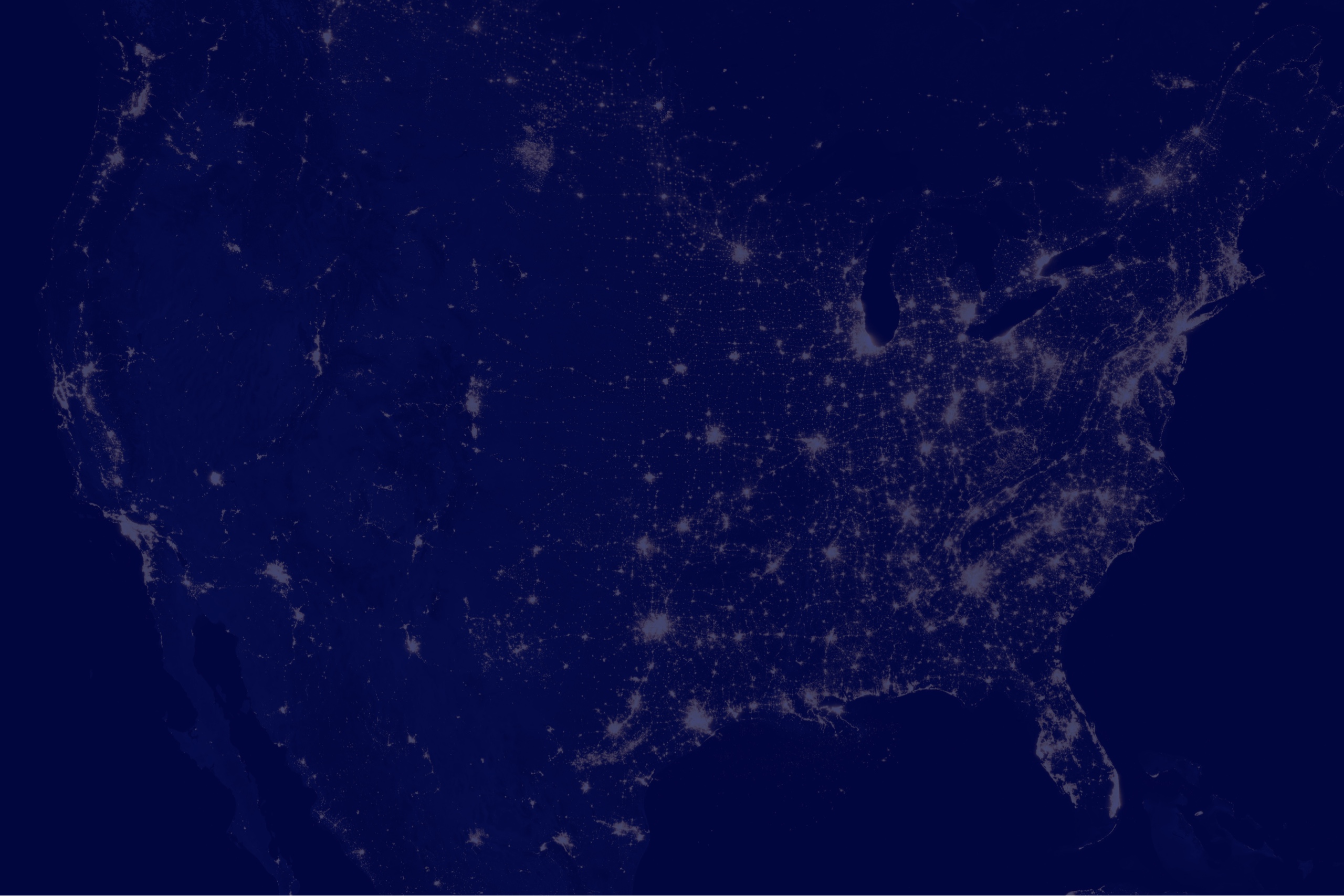National Occupational Classification 2021 Adoption Means Major Changes Coming to Ontario Immigration
Garson Immigration LawSome changes are coming to Ontario’s immigration system as the province plans to adopt the National Occupational Classification 2021 as part of the Ontario Immigrant Nominee Program. A September 6 announcement from the Government of Ontario detailed the amendments that might be made based on the new National Occupational Classification that will impact the Ontario Immigrant Nominee Program.
This program is Ontario’s version of the Provincial Nominee Program, which allows the province to set out various streams under which immigration applicants can apply for residency in Ontario.
National Occupational Classification 2021
The National Occupational Classification is a national reference for occupations in Canada. The National Occupational Classification is updated every ten years, so changes do not happen often. However, the changes that occur significantly impact the employment landscape within Canada. The classification takes some time to be fully adopted, as the 2021 classification is just being implemented in late 2022.
The Canadian government describes the National Occupational Classification as providing a systematic classification structure that categorizes the entire range of occupational activity in Canada. This system aids in collecting, analyzing, and disseminating occupational data for labour market information and employment-related program administration.
Put simply, the classification system provides the Canadian government with information about job activity in Canada, including which employment fields are in demand and which areas are oversaturated. This occupational information is of critical importance for providing many programs and services and significantly impacts potential immigration.
Training, Education, Experience, and Responsibility (TEER) Categories
The National Occupational Classification 2021 system represents a significant change from previous systems. Prior systems classified jobs by requisite skill level. The new classification system has replaced this with “TEER categories”: Training, Education, Experience, and Responsibility.
Each TEER category has different requirements and a varying number of unit groups and is classified by a number from 0 to 5. Information on specific jobs within each TEER category is available online but generally includes the following:
TEER 0
TEER 0 is made up of management occupations.
TEER 1
TEER 1 includes individuals who have completed either a university degree or have several years of experience in a specific TEER 2 occupation.
TEER 2
TEER 2 includes individuals who have completed post-secondary education at a community college or institute of technology (or CEGEP in Québec) or have completed a two to five-year-old apprenticeship.
This TEER also includes occupations with supervisory or significant safety responsibilities, such as firefighters or police officers.
TEER 3
TEER 3 consists of individuals who have completed a post-secondary education program of fewer than two years at a community college, institute of technology or CEGEP, or apprenticeship training of fewer than two years.
This TEER also includes those with six months or more of on-the-job training, training courses, or specific work experience with some secondary school education.
TEER 4
TEER 4 consists solely of those who have completed secondary school education.
TEER 5
Finally, TEER 5 has no formal education requirements.
New Unit Groups Under the 2021 National Occupational Classification
To account for changing technology and its effect on the evolution of the labour market, the new National Occupational Classification sets out new unit groups of workers. These new unit groups include tech-related occupations such as data scientists and cybersecurity specialists and these classifications impact which occupations are eligible under each immigration stream.
Impact on the Ontario Immigration Nominee Program
The new classification system will significantly impact immigration into Ontario and Canada as a whole. To apply for entry into Canada on occupational grounds, skilled workers and temporary foreign workers’ experience must meet the National Occupational Classification requirements of the particular program they are applying under.
Ontario’s Immigration Nominee Program will be affected by the new system as it alters which occupations are eligible under each stream. Under the old Provincial Nominee Program, jobs requiring prior work experience were classified as skill types 0, A, or B. Those jobs will now fall into TEER 0, 1, 2, o 3. Some jobs will be classified differently, as the TEER system has six categories versus the four-level skill type system.
International Students Required to Meet Ontario Qualifications Framework
The upcoming changes will impact international students wanting to stay in Canada following their education. Applicants who are applying with a certificate of at least one year will be required to meet the criteria of the Ontario College Graduate Certificate as defined under the Ontario Qualifications Framework. According to the Ontario Immigration Nominee Program, “this amendment is expected to offer clarity and reduce burdens for International Student stream applicants applying with one year certificates.”
Changes to Employer Job Offer Foreign Worker Stream
The proposed regulatory amendments also include changes to the Employer Job Offer Foreign Worker stream. The proposed changes will require applicants to have a Canadian Language Benchmark of 5 Level or above. Ontario has indicated that the new language requirements will align with “the program’s interest in promoting employees’ successful integration and is expected to better protect applicants and the [Ontario Immigration Nominee Program] against misrepresentation and other program integrity concerns”.
Consultation Period on New Classification System Winding Down
The consultation period for feedback on National Occupational Classification 2021 ends October 21, 2022. If passed as planned, the proposed amendments in the new system will impact a broad spectrum of potential immigrants to Ontario and Canada. As these changes will likely be implemented in the next few months, applicants must recognize how the changes may impact them before preparing an application to immigrate to Canada to avoid any potential issues. Full details on National Occupational Classification 2021 can be found through Statistics Canada, and updates can be found on the Ontario Immigration Nominee Program website.
Contact Garson Immigration Law in Toronto for Comprehensive Advice on Worker Immigration
The knowledgeable immigration lawyers at Garson Immigration Law provide thorough, robust legal solutions to those looking to immigrate to Canada based on their occupation or work experience. We provide trusted advice on a variety of Canadian immigration matters, including work and study permits, temporary and permanent residence, business immigration, and citizenship. To schedule a confidential consultation, please contact us online or call 416-321-2860.
News
Latest posts from the Garson Immigration Law Blog

Permanent Residence Roundup: Mistakes to Avoid, Update to Procedure for Rejected Applications
Garson Immigration Law
Provincial Nominee Programs and the Switch to Expression of Interest Systems
Garson Immigration Law
